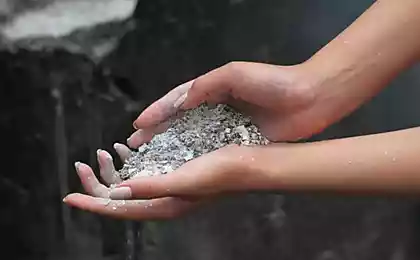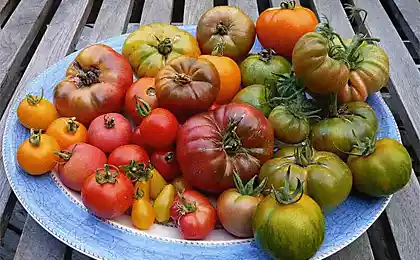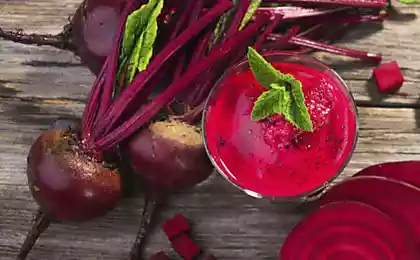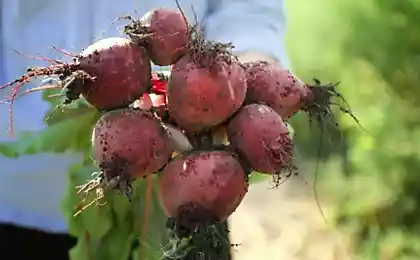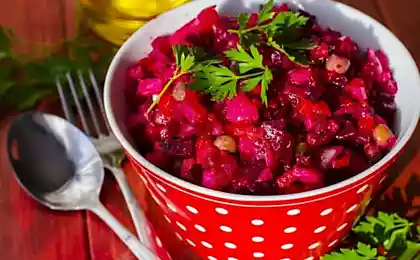192
Experienced summer residents know exactly what in August you need to feed beets, the harvest will be enviable
“Do you know how to feed beets for a good harvest?” my mother asked the other day. This year, she decided to plant a brownie for the first time. And he seems to grow well, but Ma always wants everything to be perfect. We started researching together. What happened, I will tell you in today’s article.

The better to feed beets beets - unpretentious in the care of the plant. But even it needs fertilization, especially during the period of active growth and ripening. If you want to get a generous harvest of a boar, you need to take care of competent fertilizer application.
The easiest way to successfully feed the plant is superphosphates. Enough 50 g of substance per square meter of the bed. Put it right under the bush. When it rains often in the summer, as it does now, for example, a brownberry needs nitrogen especially badly. This is also important to consider.

Nitrogen fertilizer can be done independently. To do this, mix 1 teaspoon of urea and 5 liters of water. The resulting solution is treated beds with root vegetables. In addition, experienced summer residents are advised to fertilize beets with nitroammopho.
This is a complex mineral fertilizer containing nitrogen, phosphorus and potassium in certain proportions. It is obtained by mixing ammonia, phosphoric acid and potassium salt. Feeding is granulated to make it more convenient to use in agriculture. I wrote a separate article about this fertilizer earlier. I suggest you check it out!
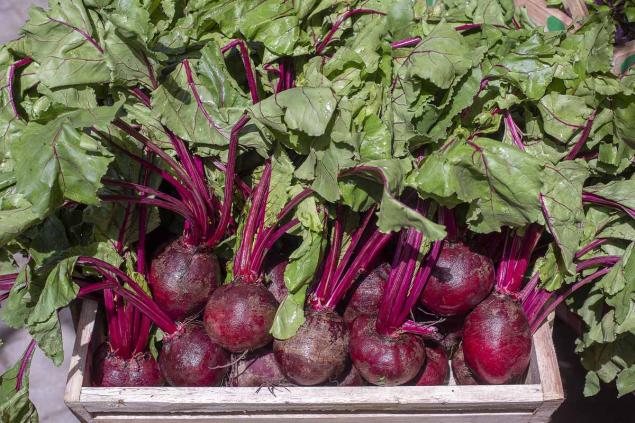
For planting a borough, it is enough to dilute 30-40 g of complex fertilizer in 10 liters of water. And then pour the resulting solution the gaps between the beds of seedlings. One linear meter should take about 2-3 liters of fertilizer. After that, the plant needs to be watered with ordinary water.
In August, beets can also be fed with other types of fertilizer.
In the initial stages of growth, the boiler can be fertilized with compost. It is an excellent natural fertilizer for beets. The substance contains many nutrients and helps to improve the structure of the soil. You can use compost from organic waste from the kitchen and garden.
Also catch another good life hack. Sowing green fertilizer, such as clover, mustard, beans or alfalfa, on the site before planting beets, allows you to improve the soil by enriching it with nitrogen and improving the structure.

When using any natural fertilizers, it is recommended to follow the correct dosages and not overload the plants with nutrients to avoid possible problems. As always, a consultation with a local gardener or agricultural specialist can help determine the best way to feed beets in your area and taking into account the characteristics of your site.
How do you feed beets in July and August? Be sure to share your advice in the comments!

The better to feed beets beets - unpretentious in the care of the plant. But even it needs fertilization, especially during the period of active growth and ripening. If you want to get a generous harvest of a boar, you need to take care of competent fertilizer application.
The easiest way to successfully feed the plant is superphosphates. Enough 50 g of substance per square meter of the bed. Put it right under the bush. When it rains often in the summer, as it does now, for example, a brownberry needs nitrogen especially badly. This is also important to consider.

Nitrogen fertilizer can be done independently. To do this, mix 1 teaspoon of urea and 5 liters of water. The resulting solution is treated beds with root vegetables. In addition, experienced summer residents are advised to fertilize beets with nitroammopho.
This is a complex mineral fertilizer containing nitrogen, phosphorus and potassium in certain proportions. It is obtained by mixing ammonia, phosphoric acid and potassium salt. Feeding is granulated to make it more convenient to use in agriculture. I wrote a separate article about this fertilizer earlier. I suggest you check it out!

For planting a borough, it is enough to dilute 30-40 g of complex fertilizer in 10 liters of water. And then pour the resulting solution the gaps between the beds of seedlings. One linear meter should take about 2-3 liters of fertilizer. After that, the plant needs to be watered with ordinary water.
In August, beets can also be fed with other types of fertilizer.
- Try to do it. complex manganese fertilizer. To do this, mix 1 gram of substance and 10 liters of water. Then add one tablespoon of superphosphate and calimagnesia. Next, take 1 teaspoon of urea and half a teaspoon of boric acid.
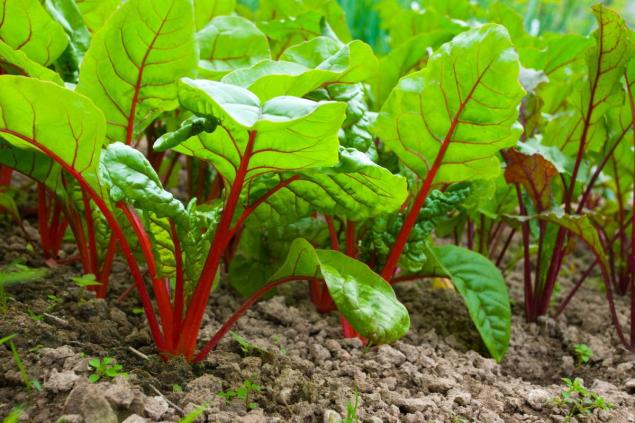
- Beets can be fertilized with ash. This is an excellent natural feeding, which contains boron, manganese, potassium and other useful trace elements. Sprinkle ash at the rate of 0.5 cups per one linear meter. After the ash is a little buried with earth and pour water.

There is another way to put ash under the bushes. To do this, a glass of ash is mixed with a bucket of water and watered with the resulting solution of the bed with a borough. - You can fertilize beets with ordinary table salt. To do this, dilute one tablespoon of the product in 10 liters of water. And then just field the bed with the solution.
In the initial stages of growth, the boiler can be fertilized with compost. It is an excellent natural fertilizer for beets. The substance contains many nutrients and helps to improve the structure of the soil. You can use compost from organic waste from the kitchen and garden.
Also catch another good life hack. Sowing green fertilizer, such as clover, mustard, beans or alfalfa, on the site before planting beets, allows you to improve the soil by enriching it with nitrogen and improving the structure.

When using any natural fertilizers, it is recommended to follow the correct dosages and not overload the plants with nutrients to avoid possible problems. As always, a consultation with a local gardener or agricultural specialist can help determine the best way to feed beets in your area and taking into account the characteristics of your site.
How do you feed beets in July and August? Be sure to share your advice in the comments!
Business registration: The path to entrepreneurship with the help of Blank Bank
An unusual test that will show how smart you are, you just need to choose the tap from which the water flows the fastest.




